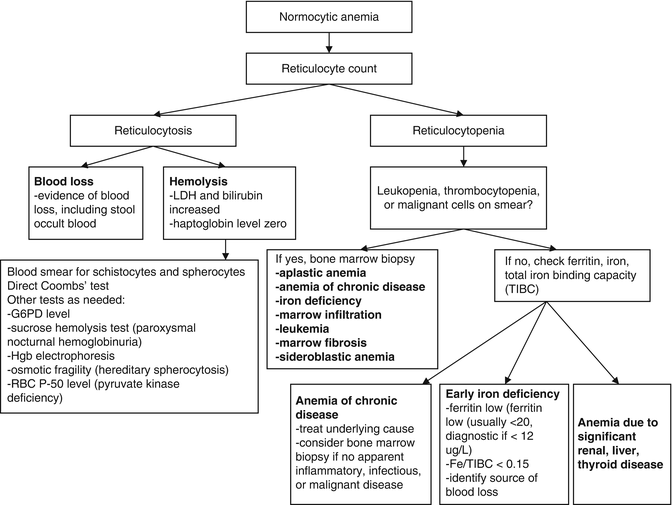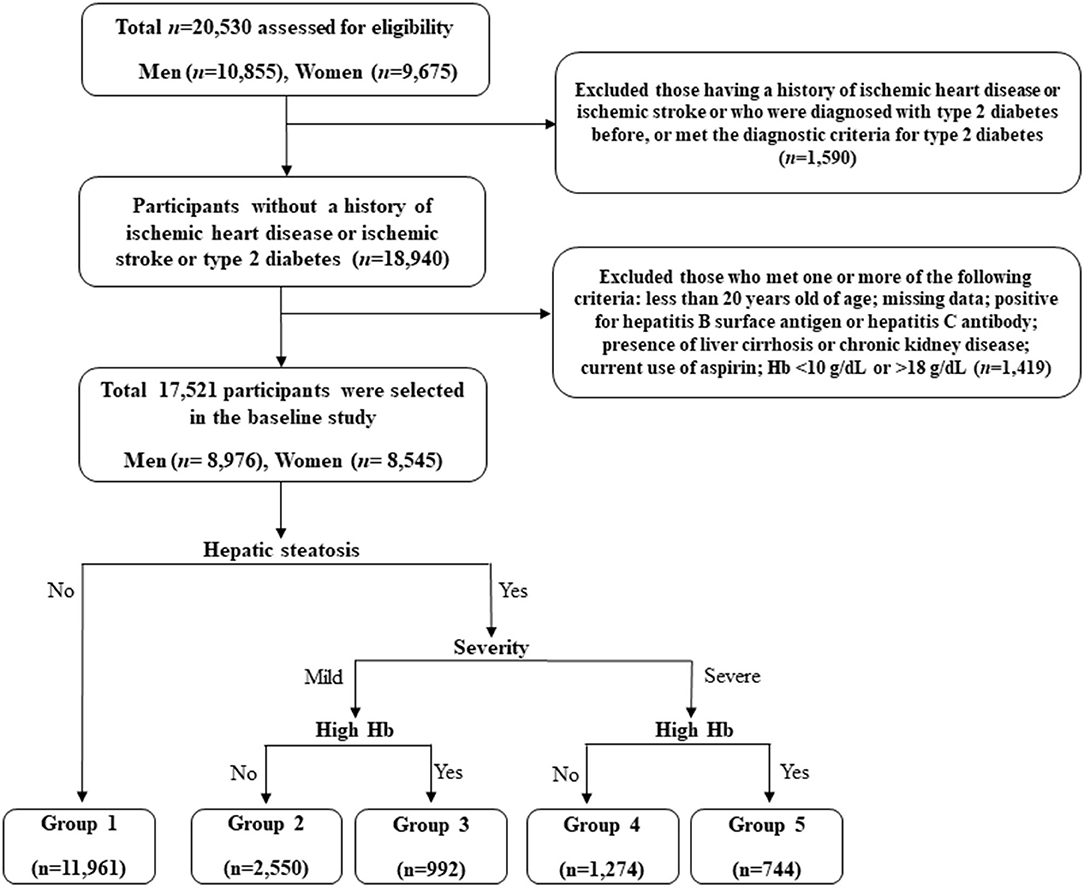

In general, any condition which shortens erythrocyte survival or decreases mean erythrocyte age, such as autoimmune hemolytic anemia, hereditary spherocytosis and elliptocytosis, or acute or chronic blood loss will falsely lower the HbA 1C level. 2 Since the average lifespan of the red cell is 120 days, the HbA 1C reflects the mean daily glucose concentration over the previous 2–3 months. Hemoglobin A 1C is a valuable tool for the monitoring of glucose control in diabetic patients over time and has a strong predictive value for risks of diabetic complications. 1 This patient’s autoimmune hemolytic anemia was idiopathic because there was no underlying disease associated with secondary hemolytic anemia, such as lymphoproliferative disorders (Hodgkin’s disease, lymphoma), rheumatic/autoimmune disorders (ulcerative colitis, systemic lupus erythematosus), certain non-lymphatic neoplasms, such as ovarian tumors, or ingestion of certain drugs, such as α methyldopa. 1 Warm antibody hemolytic anemia constitutes approximately 80%–90% of cases of autoimmune hemolytic anemia, in which hemolysis is mediated by warm-reactive autoantibodies reacting optimally with red cells at 37☌ and resulting in complement mediated erythrocyte membrane damage.

1 This condition occurs in patients of all ages, with the majority of patients over the age of 40, and with a peak incidence in the 70s. This patient had a hemolytic anemia due to warm autoantibodies, an uncommon disorder with an annual incidence of approximately 1/75000–80000. He was discharged with a Hb of 11.1 g/dL and a Hct of 33.3% to be followed in the hematology clinic. The patient was transfused with 3 units of least incompatible red blood cells, and his Hct rose from 22.5% to 31%. The blood bank workup included a positive direct anti-human globin test, and the presence of a warm autoantibody with the relative specificity of anti e with panreactivity to all red cells in the diagnostic panel. The patient was treated with hydrocortisone 1000 mg followed by prednisone 60 mg daily.

Examination of the peripheral smear showed polychromasia, fragmented and nucleated red cells, and anisocytosis ( Image 1) and the presence of spherocytes ( Image 2). This patient’s anemia was clinically thought to be hemolytic in nature, a diagnosis supported by an elevated total bilirubin, increased lactate dehydrogenase (LD), decreased haptoglobin, and elevated reticulocyte count. The patient was evaluated for anemia, which included a normal vitamin B 12, folate, and iron/total iron binding capacity (Fe/TIBC). Because of the discrepancy between the patient’s HbA 1C level of <3.8% and high glucose concentration of 313 mg/dL, a serum fructosamine level was performed, which was elevated (344 μmol/L). The most striking laboratory findings were anemia (RBC count of 2.12 K/cmm, hemoglobin (Hb) of 7.2 g/dL, hematocrit (Hct) of 22.5%) and a significantly low Hemoglobin A 1C (HbA 1C), performed using an ion exchange high performance liquid chromatography (HPLC) method, of <3.8%, a value consistent with an estimated average glucose of approximately 77 mg/dL. Table 1 summarizes this patient’s principal laboratory findings. In the hospital the patient’s congestive heart failure was treated with Lasix therapy (10 mg IV bid) with net diuresis of >2 liters daily. The patient was also found to have 4+ lower extremity edema up to the thighs and lower back. A physical examination revealed findings consistent with right and left heart failure with elevated B-type natriuretic peptide (BNP) but no evidence of myocardial infarction. Past medical history was significant for rate controlled atrial fibrillation, anemia, warm autoantibodies, type II diabetes mellitus treated with oral medication, congestive heart failure, hypertension, chronic venous insufficiency, osteopenia, arthritis, and compression fracture.


 0 kommentar(er)
0 kommentar(er)
